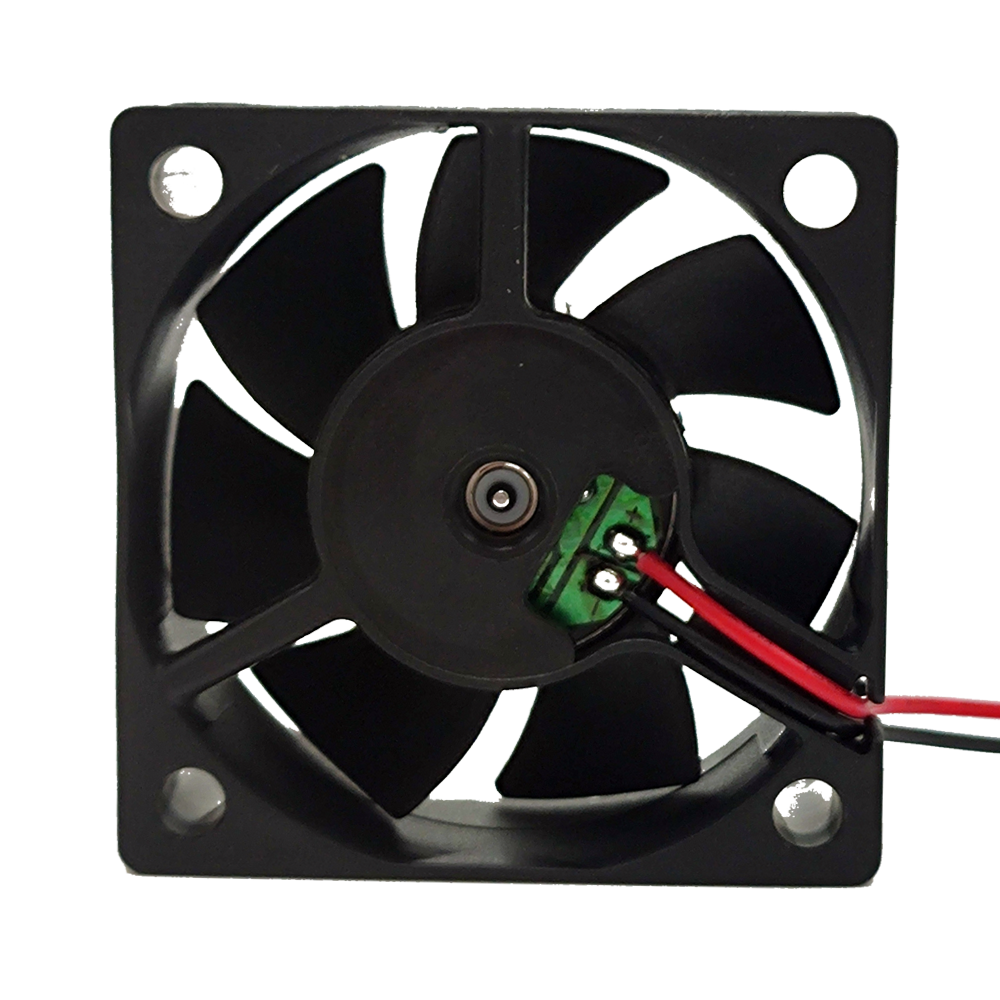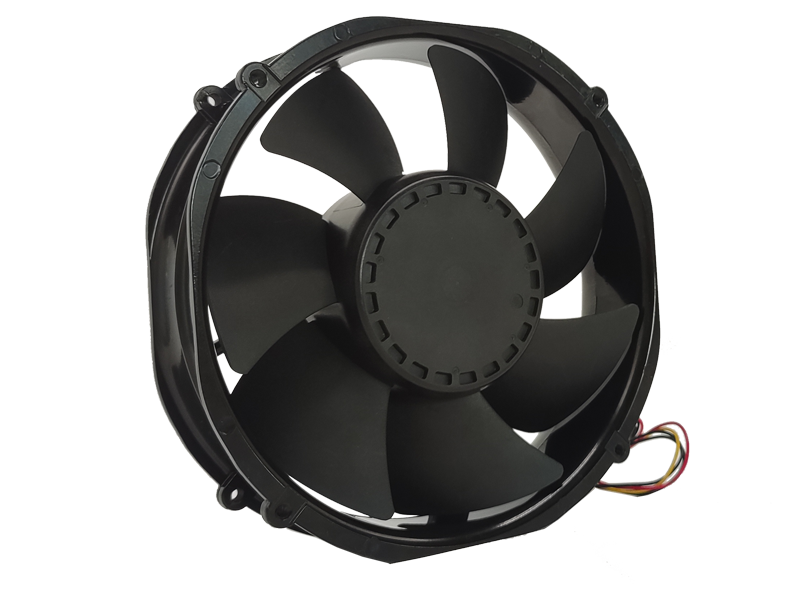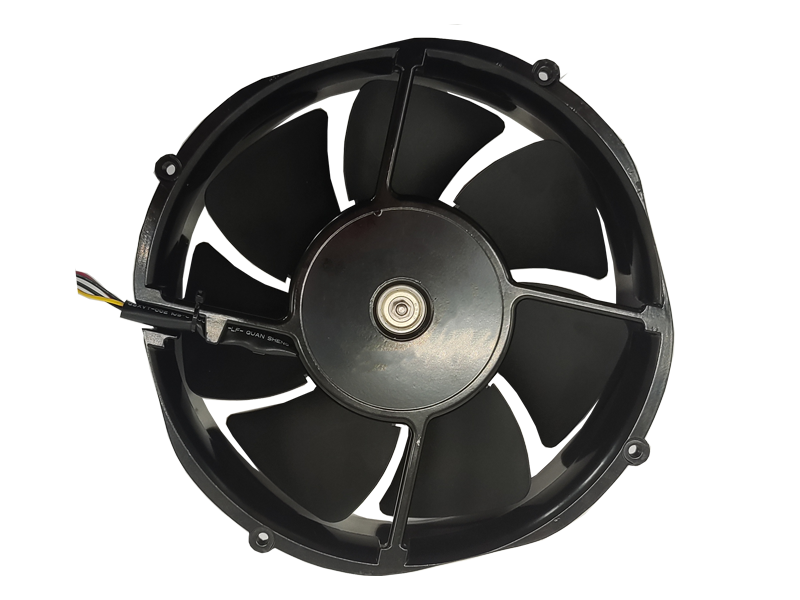In the realm of industrial equipment, industrial fans play a pivotal role in maintaining optimal environmental conditions across various sectors, from manufacturing plants to data centers. These mechanical devices are not merely tools for ventilation; they are engines of efficiency, safety, and sustainability. This article delves into the advancements and innovations in industrial fan technology, examining how these products are evolving to meet the demands of modern manufacturing and beyond.
I. Evolution of Materials and Design
The journey of industrial fans from basic mechanical devices to sophisticated, energy-efficient systems begins with advancements in materials and design. Traditional fans often relied on metals such as steel and aluminum, which, while durable, limited options for weight reduction and aerodynamic efficiency. Today, composite materials, advanced polymers, and ceramics are revolutionizing fan construction. These materials offer lighter weight, enhanced corrosion resistance, and improved thermal management, allowing for more compact designs and higher performance.
II. Aerodynamic Engineering and Fluid Dynamics
At the heart of every industrial fan lies its aerodynamic design, which significantly impacts efficiency and noise levels. Early fans featured simple blade shapes and fixed speeds, leading to inefficiencies and excessive noise. Modern fans, however, leverage fluid dynamics and computational fluid dynamics (CFD) to optimize blade shapes, angles, and pitch. This precision engineering minimizes turbulence, maximizes airflow, and reduces energy consumption. Variable-speed drives (VSDs) further enhance performance by allowing fans to adjust their speed in response to real-time environmental conditions, achieving optimal efficiency across a range of operating points.
III. Integration of Smart Technology
The integration of smart technology is another transformative trend in industrial fans. Sensors, IoT connectivity, and advanced analytics are being incorporated into fan systems, transforming them into intelligent devices capable of self-monitoring, predictive maintenance, and remote control. These capabilities enable manufacturers to preemptively address potential issues, reduce downtime, and optimize fan performance based on real-time data. Additionally, smart fans can communicate with other systems within a facility, fostering a more integrated and responsive industrial ecosystem.
IV. Focus on Energy Efficiency and Sustainability
In an era where energy conservation and sustainability are paramount, industrial fans are evolving to meet these challenges head-on. Energy-efficient motors, advanced bearing systems, and aerodynamic innovations combine to reduce power consumption while maintaining high performance. Furthermore, manufacturers are increasingly adopting lifecycle assessment (LCA) methods to minimize the environmental footprint of their fans, from raw material extraction to end-of-life disposal. This holistic approach ensures that industrial fans contribute positively to both economic and ecological goals.

V. Case Studies and Market Trends
Examining specific case studies highlights the practical applications of these innovations. For instance, in data centers, high-efficiency axial fans with variable-speed control and aerodynamic blade designs are crucial for maintaining optimal server temperatures, reducing energy costs, and minimizing noise pollution. Similarly, in manufacturing plants, large industrial ceiling fans equipped with smart sensors and IoT connectivity are revolutionizing workspace comfort and productivity by providing targeted cooling and real-time environmental monitoring.
Market trends indicate a growing demand for customized fan solutions tailored to specific industries and applications. Manufacturers are responding by offering modular designs, configurable options, and bespoke engineering services to meet these diverse needs. As industries continue to adopt digitalization and automation, the role of industrial fans as integral components of smart, connected ecosystems will only grow more significant.
In conclusion, industrial fans are at the forefront of innovation in modern manufacturing. Advances in materials, aerodynamic design, smart technology, energy efficiency, and sustainability are reshaping these devices into powerful tools for enhancing productivity, safety, and environmental performance. As industries evolve, so too must the fans that keep them cool and operational, ensuring a sustainable future for manufacturing and beyond.
Recommended Products

The main purpose:Car charging station

The main purpose:Car charging station

The main purpose:Electronic refrigerators, water dispensers, direct drinking machines, inverter power supplies
Address:No. 4137, Longgang Avenue (Henggang Section), Henggang Community, Henggang Street, Longgang District, Shenzhen
hotline:13530005572(Chen)15112579390(Li)


Welcome all friends to come for consultation and negotiation.
Copyright 2024 @ Shenzhen Youneng Xinyuan Electronics Co., Ltd.,(industrial fans,industrial blowers,axial fans,cooling fans manufacturer,centrifugal fans,ac cooling fans,dc cooling fans)